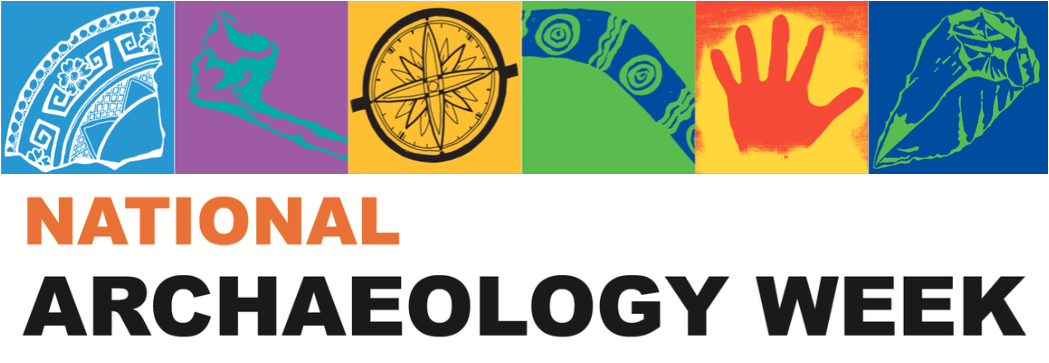Caroline Spry
Current position
Archaeologist / Heritage Advisor for Wurundjeri Woi-wurrung Cultural Heritage Aboriginal Corporation
Honorary Associate, Department of Archaeology and History, La Trobe University
Advisory Editor, 'Excavations, Surveys and Heritage Management in Victoria'
National Executive Committee, National Archaeology Week (Australia)
Where did you study?
I studied at the University of Melbourne, where I completed my Bachelor of Commerce / Bachelor of Arts and Diploma of Modern Languages. I then moved to La Trobe University, where I completed my Bachelor of Arts (Honours) and PhD in archaeology.
How did you become interested in archaeology?
Unlike many people, I didn't actually want to be an archaeologist when I was a child – I wanted to be a popstar or hairdresser! It wasn't until I volunteered on a dig at Glenrowan (where Ned Kelly and his gang had their final shoot out with the police) that I met professional archaeologists and decided that archaeology sounded like the career for me!
What archaeological projects are you working on at the moment?
At the moment, I'm working on a variety of archaeological projects with different people and organisations in Australia and beyond.
My primary role is with the Wurundjeri Woi-wurrung Cultural Heritage Aboriginal Corporation in Melbourne – the legally recognised group representing the Traditional Owners of greater Melbourne – and I help them manage investigations of Aboriginal cultural heritage on their Country.
I am also lead and co-investigator of several research projects with other Traditional Owners, museums, universities, government agencies and industry partners, focusing on Indigenous cultural heritage in southeastern Australia, Papua New Guinea and South Africa.
Some of my work is field based – like surveying culturally modified trees and frontier war landscapes on Wiradjuri Country in New South Wales. I undertake other projects in the lab or office, for example investigating Ice Age stone tools from Manus Island; doing experimental knapping of quartz to understand how quartz tools were made in the deep past; reviewing the list of radiocarbon dates for the State of Victoria; and researching the stone tool technology of Lake Mungo, one of Australia's most iconic sites.
Tell us about one of your most interesting archaeological discoveries.
I’m actually a bit of a rock nerd, so I love stone tools, which don’t always look very exciting in themselves but can actually tell us a great deal about us and our ancestors extending back some 2-3 million years!
I loved my PhD research at Lake Mungo in New South Wales. There, I was lucky enough to work with Barkindji, Ngiyampaa and Mutthi Mutthi Traditional Owners on the Mungo lunette, which is littered with many sites including thousands of stone artefacts that can be pieced back together (like a 3D jigsaw puzzle) to reveal moments in time when Aboriginal people sat there many thousands of years ago and made stone tools.
Tell us about a funny / disastrous / amazing experience that you have had while doing archaeology.
We were pretty keen to find Ned Kelly’s underwear when we were digging at Glenrowan, but sadly that never happened!
What’s your favourite part of being an archaeologist?
There are many reasons why I love being an archaeologist. I love working with Traditional Owners on their Country, meeting new people, visiting new places and landscapes – and the moment when you finally put together the pieces of a puzzle to tell a story about an aspect of our human past.
Follow up reading.
You can follow me on Twitter at @carolinedigs
Or see my publications via https://www.researchgate.net/profile/Caroline_Spry

